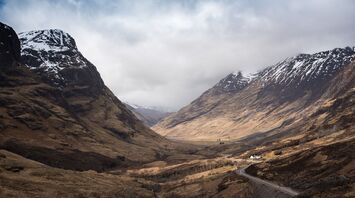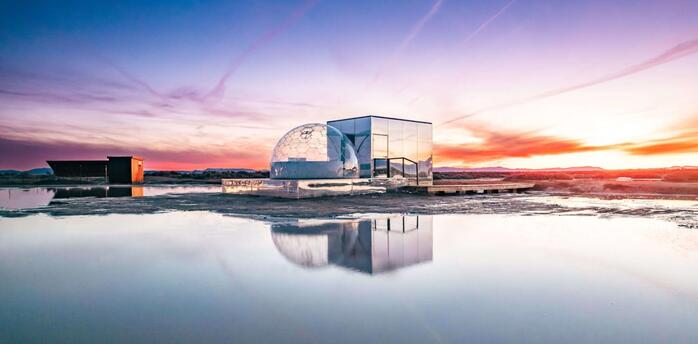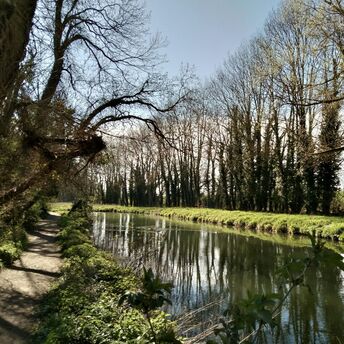The Last Snow Patches of Scotland: A Sign of Climate Change

In one of the most scenic corners of Scotland, a few remaining snow patches persist, a sight that’s becoming increasingly rare. One of these snowfields, known as "The Sphinx," located in a remote mountainous region, is shrinking every year, raising concerns among researchers and travelers alike. These changes are a clear result of global climate patterns that are increasingly affecting natural phenomena in northern regions.
The Shrinking "Sphinx" and Its Importance
A few decades ago, this snow patch, now measuring just 5 by 5 meters with a depth of around one meter, was significantly larger. Historically, it could stretch to 30, 40, or even 50 meters in length, even during the summer months. However, in recent years, scientists have observed a steady decrease in its size due to rising temperatures. Throughout the 20th century, this snowfield melted only three times completely. But since 2020, the snow has disappeared annually, and 2024 will mark the fourth consecutive year of its full melting.
Travel and Climate Shifts
For visitors to Scotland, especially those interested in hiking and photography, the disappearance of natural landmarks like the "Sphinx" snow patch is a noticeable transformation in the region’s landscape. This also complicates the planning of winter and spring routes for travelers who once relied on snow being present in the highlands.
For those planning to explore Scotland, it is essential to remember that even in these remote corners, climate shifts are leaving a mark, and these places might look very different in the near future.



















